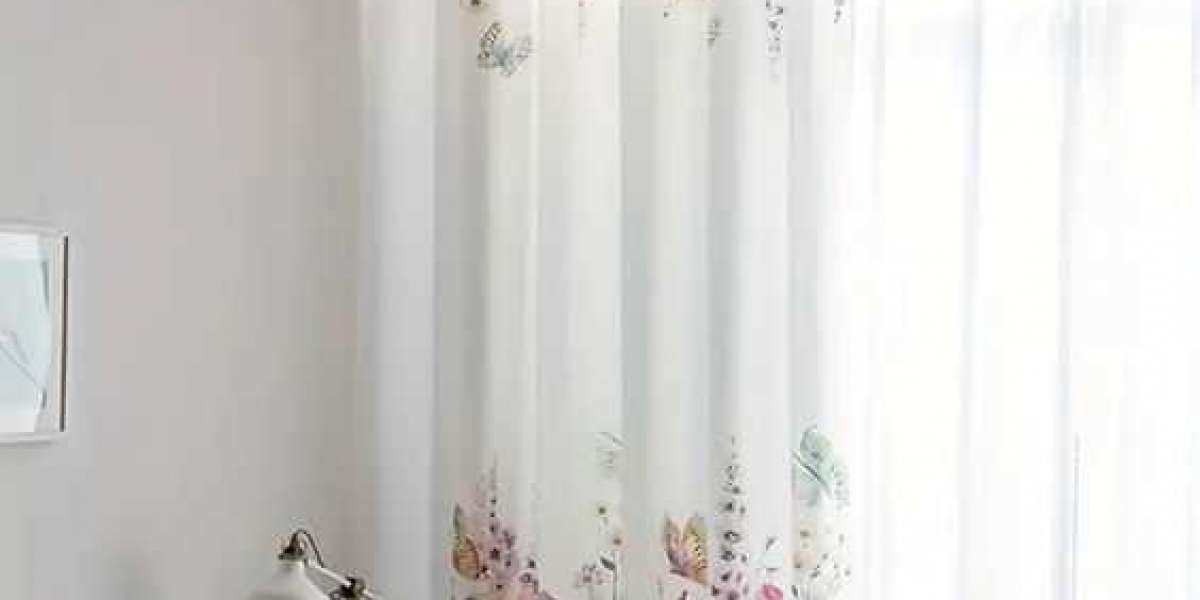Drapery fabric plays a crucial role in interior design, offering both functionality and aesthetic appeal to any room. From providing privacy to controlling light and adding a touch of elegance, the right drapery fabric can transform a space. This guide explores various types of drapery fabrics, their uses, and tips for choosing the perfect one for your needs.
Types of Drapery Fabric
1. Cotton
Cotton is a popular choice for drapery fabric due to its versatility, softness, and affordability. It comes in various weights and can be easily dyed or printed with patterns. Cotton drapery is ideal for casual, everyday use and works well in living rooms, bedrooms, and even kitchens.
2. Linen
Linen drapery fabric is known for its crisp texture and natural, elegant appearance. It has a more relaxed look compared to cotton and tends to wrinkle easily, which can add a touch of casual charm. Linen is great for creating a light and airy atmosphere in spaces like sunrooms or dining areas.
3. Silk
Silk is synonymous with luxury and sophistication. Its smooth texture and rich sheen make it a favorite for formal settings such as dining rooms and master bedrooms. While silk is beautiful, it is more delicate and may require more maintenance to keep its appearance intact.
4. Velvet
Velvet drapery fabric exudes opulence and grandeur. With its plush texture and ability to block out light effectively, velvet is perfect for creating a dramatic effect in rooms like theaters or bedrooms. However, it can be heavy and might require special cleaning care.
5. Polyester
Polyester drapery fabric offers durability and ease of maintenance. It is resistant to wrinkles and fading, making it a practical choice for high-traffic areas. Available in a range of textures and finishes, polyester can mimic the appearance of more expensive fabrics like silk or velvet.
Uses of Drapery Fabric
Privacy and Light Control
One of the primary functions of drapery fabric is to provide privacy and control the amount of natural light entering a room. Heavier fabrics like velvet or lined drapes can block out light effectively, while lighter fabrics like linen or sheer options offer a more subtle light filtration.
Insulation
Drapery fabrics can also contribute to insulation by providing an additional layer between your windows and the interior of your home. This can help regulate room temperature, making your space warmer in winter and cooler in summer.
Sound Absorption
Heavy drapery fabrics can absorb sound, which is beneficial in noisy environments or rooms where you need to minimize echo. This makes velvet and other dense materials good choices for home theaters or offices.
Aesthetic Appeal
Beyond functionality, drapery fabrics play a significant role in enhancing the visual appeal of a room. The color, texture, and pattern of the fabric can complement or contrast with other elements in your decor, helping to create a cohesive and stylish look.
Tips for Choosing Drapery Fabric
Consider the Room's Purpose
Choose fabric based on the room’s function. For example, use heavy fabrics in bedrooms for better light blocking and privacy, while lighter, breathable fabrics work well in spaces where you want to maintain a bright and open feel.
Match with Decor
Ensure that the fabric complements your existing decor. Consider the color scheme, patterns, and textures of your furniture and walls to select a drapery fabric that enhances the overall design.
Think About Maintenance
Consider how much time you can commit to maintaining your drapes. Fabrics like polyester are low-maintenance, while silk and velvet may require more frequent cleaning and care.
Test Samples
Always test fabric samples in your home before making a final decision. This will help you see how the fabric looks with your lighting and how it interacts with other elements in the room.
In conclusion, drapery fabric is more than just a window covering; it is an essential element of interior design that can significantly impact both the functionality and aesthetics of a room. By understanding the different types of fabrics and their uses, you can make an informed choice that enhances your living space.



